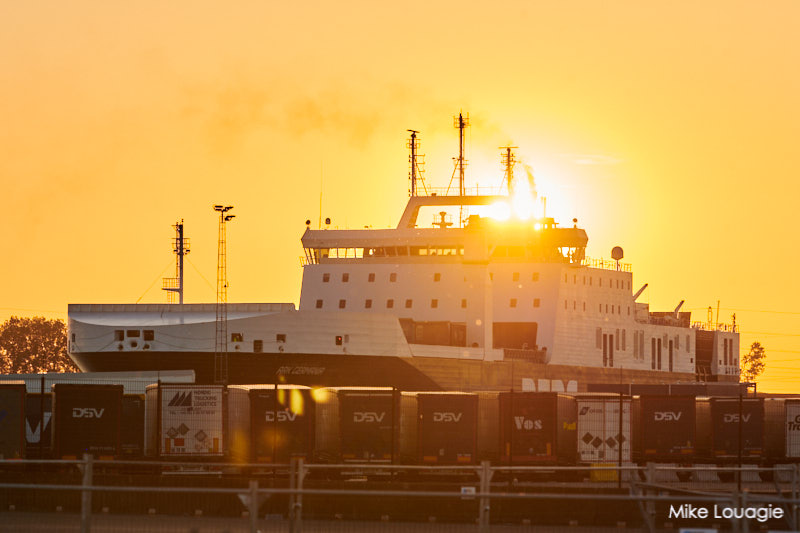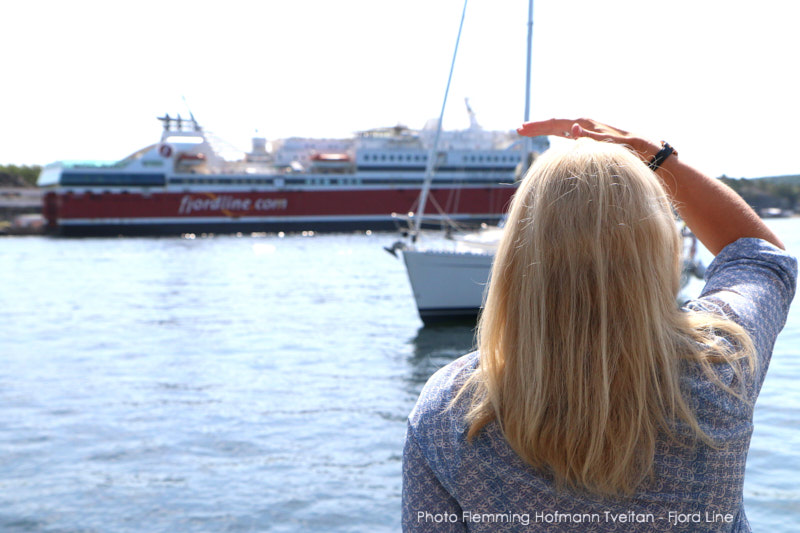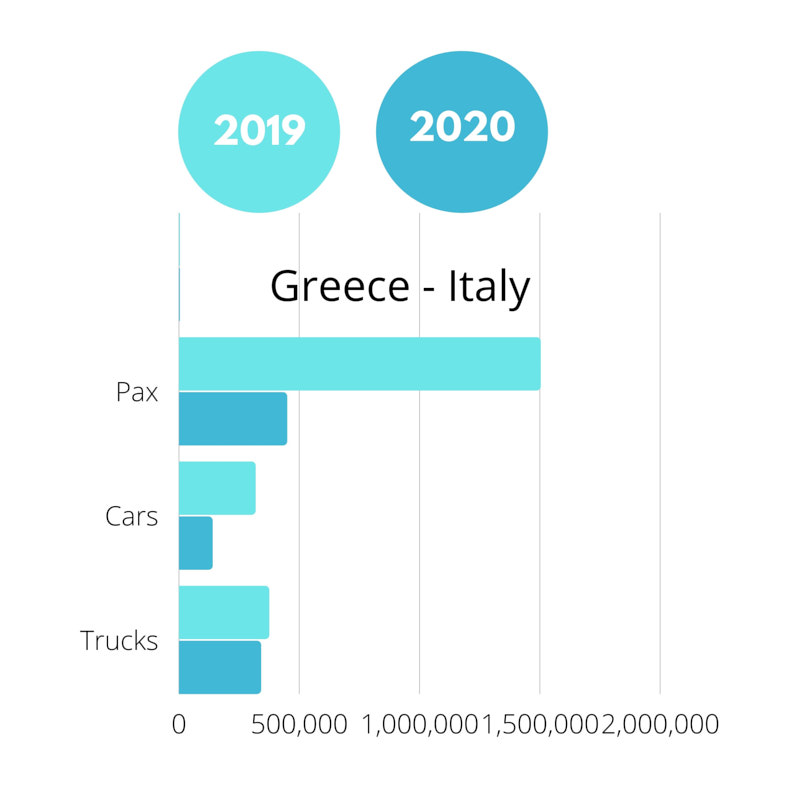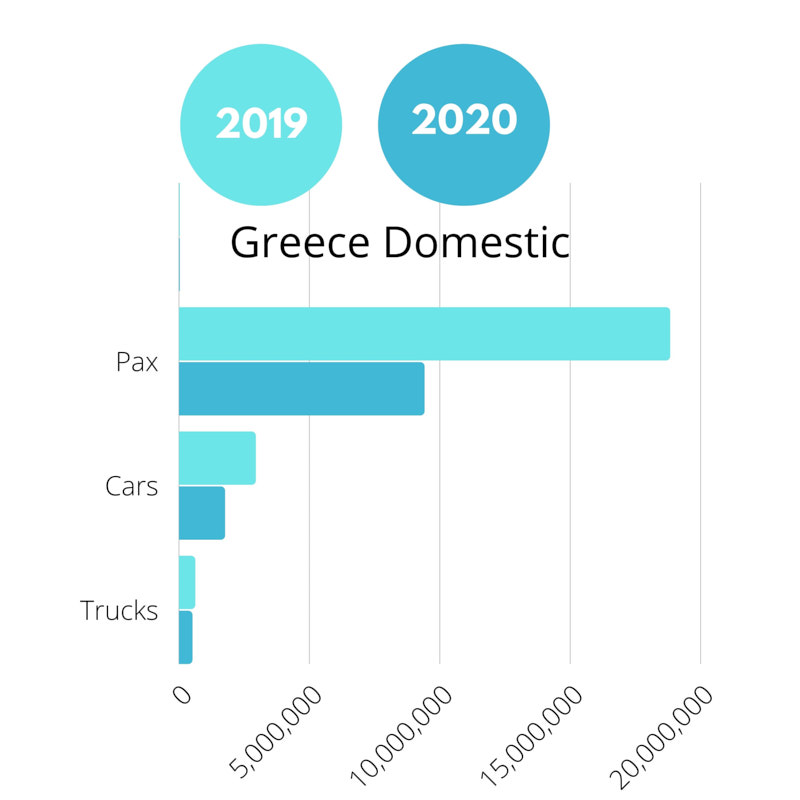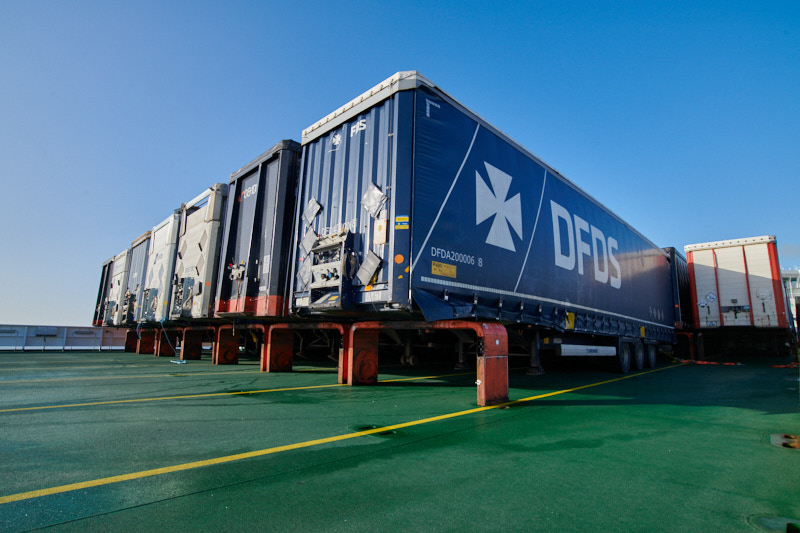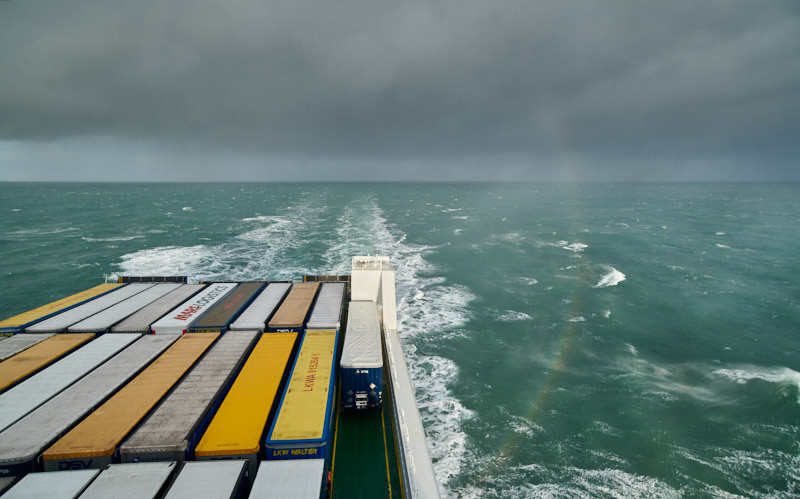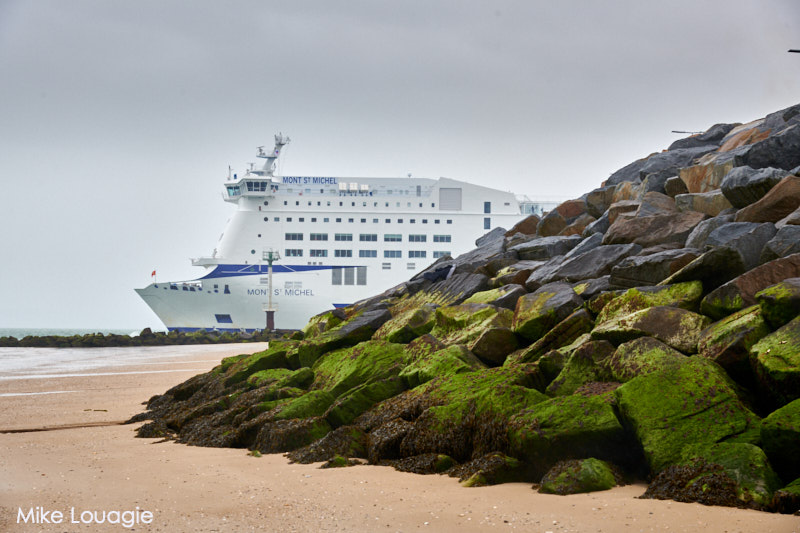Fjord1: Smooth Operations And Revenue Growth As Expected
Q4
+20% Revenue NOK 826 million (driven by new contracts)
+67% EBITDA NOK 266 million
Investments NOK 103 million, net of NOK 31 million in vessel NOx compensation received in Q4
Full Year 2020
+14% Revenue NOK 3,118 million,
+27% EBITDA NOK 1,042 million
Total investments for the full year 2020 came to NOK 1,428 million
Revenue growth in line with expectations
New electric vessels are reducing operating costs and increasing EBITDA margins.
Electricity now accounting for approximately 40 per cent of the fuel mix.
Outlook
Fjord1 assesses new tender opportunities in the Norwegian market on an ongoing basis, as well as opportunities outside of Norway.
Strong contract portfolio has a value of NOK 24.1 billion through 2033.
The company expects more moderate revenue growth 2021, with cost improvements continuing to bolster operating margins.
Click on the picture to see the relevant file:
